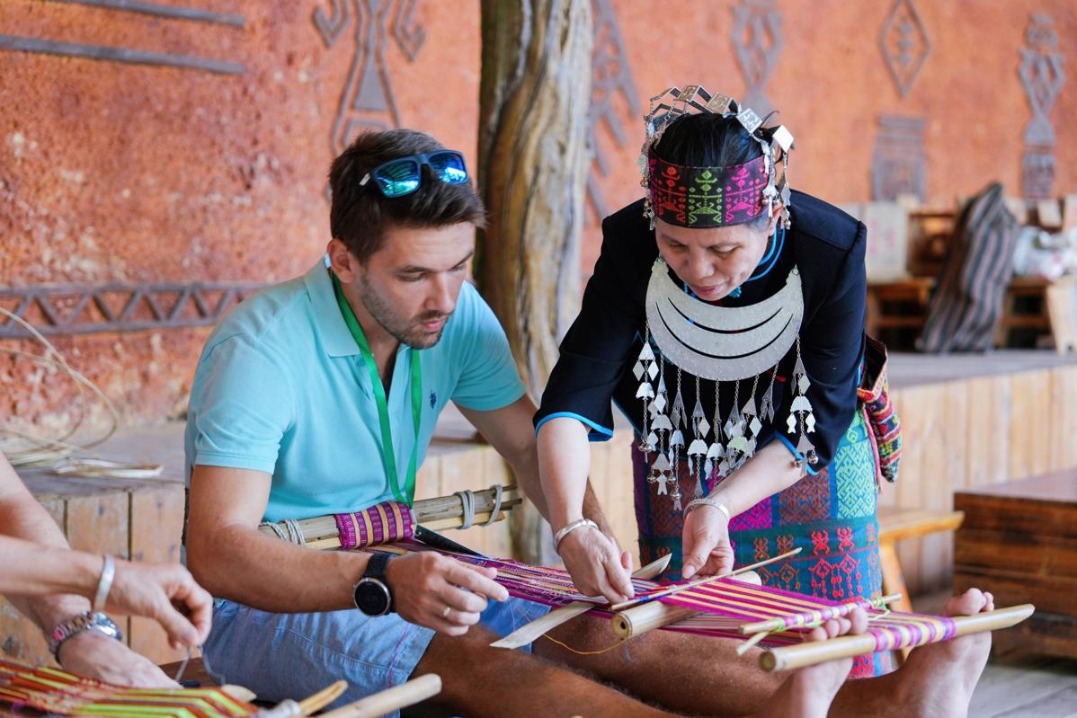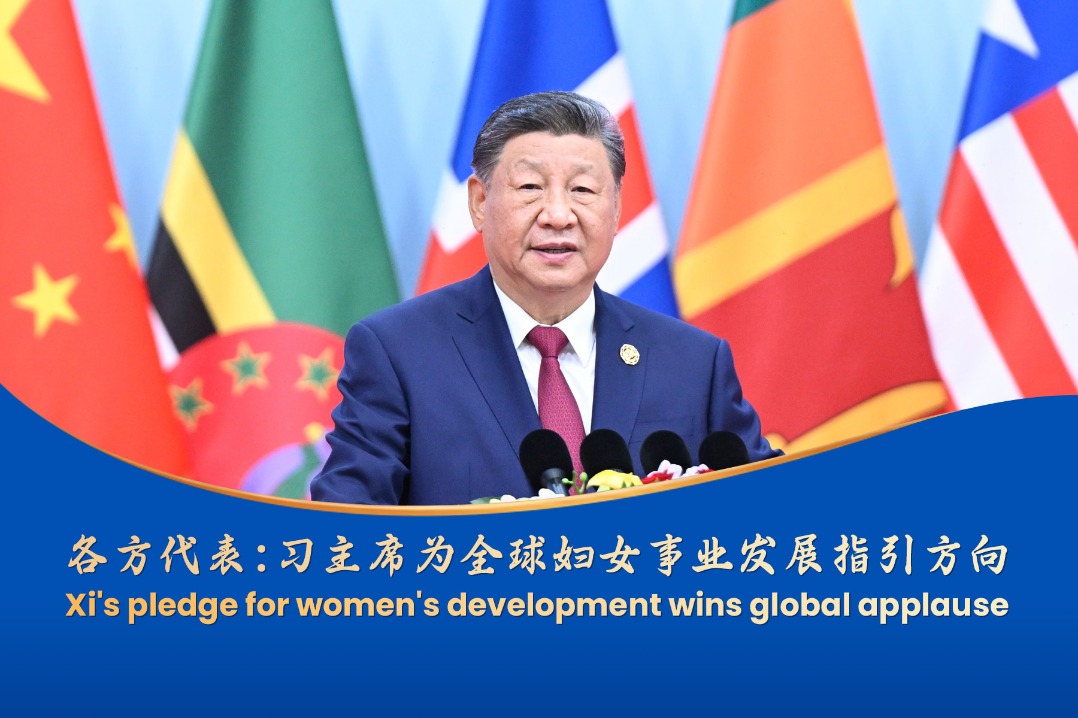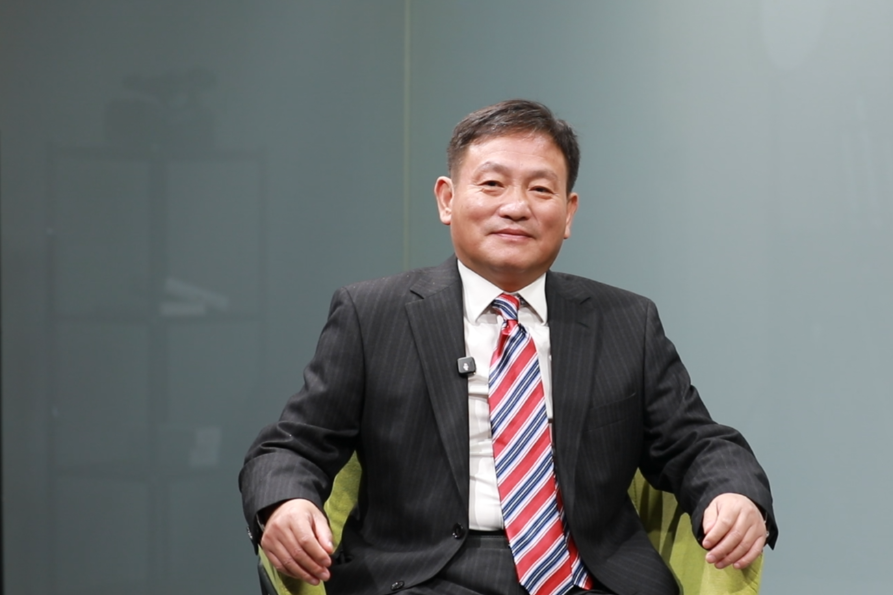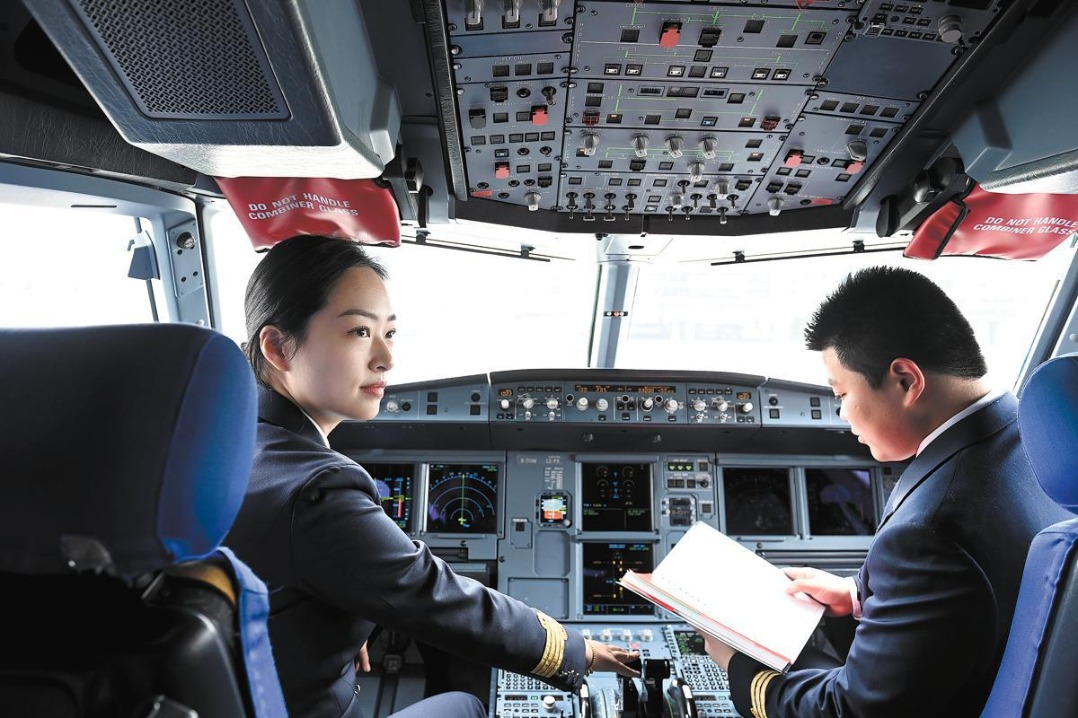Up to the hub

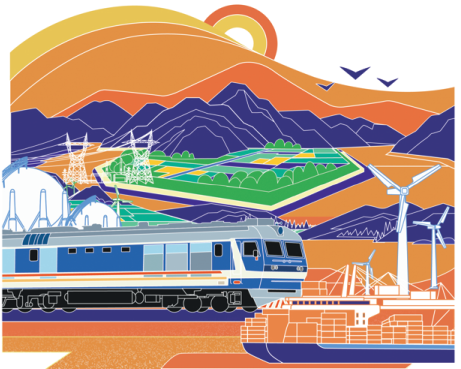
Cooperation within the 'Central Asia-China' format is helping to leverage opportunities for mutual benefit
Since its formation, the "Central Asia-China" format has become an important tool for enhancing the multifaceted cooperation between China and the five Central Asian countries, fostering political, economic and cultural ties.
According to forecasts, the combined GDP of the Central Asian countries will grow to$700 billion by 2030, compared to $450 billion in 2023. Meanwhile, exports from the region are expected to increase from $125 billion to $200 billion over this period. China has become one of the leading trade partners of Central Asian countries. In 2024, trade between China and Central Asia reached$94.8 billion, an increase of$5.4 billion compared to the previous year.
Given this, there are strong prospects for doubling the trade volume between Central Asia and China by 2030, primarily through balanced growth in mutual supplies of industrial goods and agricultural products, the development of efficient trade and logistics infrastructure, modern wholesale distribution networks, the introduction of green and express corridors, and the creation of shared e-commerce platforms.
Uzbekistan and the other Central Asian countries welcome China's intention to gradually open its market. Such a policy will further contribute to the economic development of the region.
According to the World Bank's Logistics Performance Index, in 2023, Central Asian countries ranked relatively low compared to the global average. Further development of transport connectivity could become a significant driver of socioeconomic progress in the region.
In his speech at the first Central Asia-China Summit, the president of Uzbekistan emphasized the strategic importance of developing the shortest transport corridors connecting China with Central Asia, so as to provide convenient and safe access to Europe, the Middle East and South Asia.
It is crucial to unite the efforts of regional countries and China to implement promising cross-border projects, such as the China-Kyrgyzstan-Uzbekistan highway and railway. These corridors will reduce distances, optimize logistics and lower transport costs for businesses and consumers.
The Trans-Caspian International Transport Route, also known as the "Middle Corridor", runs from the China-Kazakhstan border through Kazakhstan, Turkmenistan, Azerbaijan, Georgia, Turkiye, and onward to Europe. It involves rail and maritime transport across the Caspian Sea. The route spans 7,000 kilometers, with an annual capacity of 4.5 million to 27 million metric tons. Cargo transit takes 14 to 45 days. In 2024, over 4 million tons of cargo were transported via this corridor. The World Bank forecasts this volume will reach about 11 million tons by 2030.
According to recent studies by the European Bank for Reconstruction and Development, the investment required to modernize the Middle Corridor's infrastructure is estimated at 18.5 billion euros($21.4 billion). Priority areas include restoring and upgrading rail and road networks, increasing rolling stock, expanding port capacity, and improving border crossings. Infrastructure development in Uzbekistan alone will require$3.5 billion.
The "Middle Corridor" also faces the challenges of ongoing instability along the Armenia-Azerbaijan border and between Georgia and Russia, as well as the persistent military activities in the Black Sea region.
The development of the "Southern Corridor", linking China and Europe via Central Asia, Iran and Turkiye, is therefore equally important. A key feature of this route is that it covers all five countries in Central Asia — Kazakhstan, Kyrgyzstan, Tajikistan, Uzbekistan and Turkmenistan.
The "Southern Corridor" is a land route preferred by road carriers as it avoids crossing the Caspian Sea and associated challenges, such as port inefficiencies and unpredictable ferry schedules. Transit time is approximately 14 to 20 days for destinations between China and the EU.
Uzbekistan views the "Southern Corridor" as a vital for expanding its trade and economic ties between Central Asia, China and Europe.
The Kazakhstan-Uzbekistan-Turkmenistan-Iran-Turkiye railway aims to reduce the shipping time and costs among South Asia, the Commonwealth of Independent States and Europe. The route spans over 4,500 km and is part of the Transport Corridor Europe-Caucasus-Asia strategy for 2026.
The participating countries will become key transit hubs between Europe and Asia, enhancing their geopolitical significance. New infrastructure will provide easier access to each other's markets and new markets in Central Asia and beyond.
The strategic development of transport corridors through Central Asia opens vast prospects for economic growth and regional integration. By addressing existing challenges and investing in infrastructure, these corridors can become preferred trade routes, fostering prosperity for both regions.
As we move forward, cooperation between China and Central Asia will be critical. Investments in infrastructure development will play a pivotal role in achieving our shared goals.
Together, we can transform Central Asia into a vital hub of global trade, driving economic growth and fostering closer ties between our regions.
Uzbekistan aims to double the energy efficiency in its economy, and China is a leading supplier of energy-saving technologies. Uzbekistan has significant potential to improve energy efficiency, particularly in the oil and gas sector. For example, 9 percent of natural gas produced in Uzbekistan is lost during extraction and transportation, compared to 3.6 percent in Norway, 4 percent in the Netherlands, and 6 percent in Germany. Cooperation with the China National Petroleum Corp could modernize Uzbekistan's oil and gas sector, enhance efficiency and reduce losses.
Uzbekistan seeks to adopt China's expertise in green construction standards and modernization projects to achieve a 60 percent urbanization rate by 2030. Partnerships with companies such as the China State Construction Engineering Corp and institutions such as the China Academy of Building Research can facilitate technology transfer.
Uzbekistan proposes establishing joint ventures for green hydrogen development with Chinese companies such as State Power Investment Corp and China Energy Investment Corp.
Uzbekistan has huge potential in solar and wind energy. Cooperation on large-scale projects in these areas could be a key factor for sustainable economic growth and energy security. By 2035, electricity consumption in the country is expected to nearly double — from 66.3 terawatt-hours to 121.6 TWh. Meanwhile, the country has the potential to install solar panels with a capacity of 5,700 megawatts in 1.9 million households, generating 8.2 billion kilowatt-hours annually and saving 2.7 billion cubic meters of gas.
Increasing joint ventures for solar panel and wind turbine production in Uzbekistan could reduce costs and create jobs. Attracting leading Chinese companies such as Jinko Solar, Trina Solar, JA Solar and LONGi Solar to produce high-efficiency solar modules is a priority.
Collaborative research between the Turin Polytechnic University in Tashkent and Tsinghua University could advance the development of solar batteries, wind turbines and energy storage systems tailored to Uzbekistan's climate.
Developing cross-border power transmission lines could integrate Uzbekistan's green energy projects into China's Belt and Road Initiative.
Uzbekistan is increasingly adopting electric vehicles and has established joint ventures with Chinese automakers such as BYD. In 2024, Uzbekistan imported 74,700 passenger cars worth $1.28 billion, over half of which were electric or hybrid vehicles. China accounted for more than 80 percent of these imports, highlighting the importance of cooperation in this sector. Further collaboration on EV charging infrastructure and battery production could enhance Uzbekistan's e-mobility infrastructure and strengthen China's leadership in this field.
Uzbekistan possesses significant reserves of critical minerals that are essential for "green" economy products. An analysis by accounting firm Ernst& Young shows that only 40 percent of Uzbekistan's territory has been geologically explored, indicating substantial potential for expanding the mineral resource base.
The "Central Asia-China" format strengthens political dialogue between the region and China, fostering trust and joint solutions to regional challenges. It also offers an alternative to other "Central Asia+1" cooperation formats, such as those with Russia, the United States and the European Union.
Measures to enhance economic interaction within the "Central Asia-China" format and further promote mutually beneficial cooperation in areas of shared interest will help achieve development and prosperity goals for our countries and peoples.
In the future, the "Central Asia-China" format could be further institutionalized, enabling more effective coordination of joint projects and initiatives. Cooperation is also expected to expand into new areas, such as the digital transformation and sustainable development.
The "Central Asia-China" format is playing a pivotal role in driving economic growth in the region, maintaining political stability and promoting cultural exchanges. Its continued success will depend on the ability of participating countries to effectively manage challenges and leverage opportunities for mutual benefit.
The author is chief researcher at the Center for Economic Research and Reforms under the Administration of the President of the Republic of Uzbekistan. The author contributed this article to China Watch, a think tank powered by China Daily. The views do not necessarily reflect those of China Daily.
The views do not necessarily reflect those of China Daily.
Contact the editor at editor@chinawatch.cn.

















